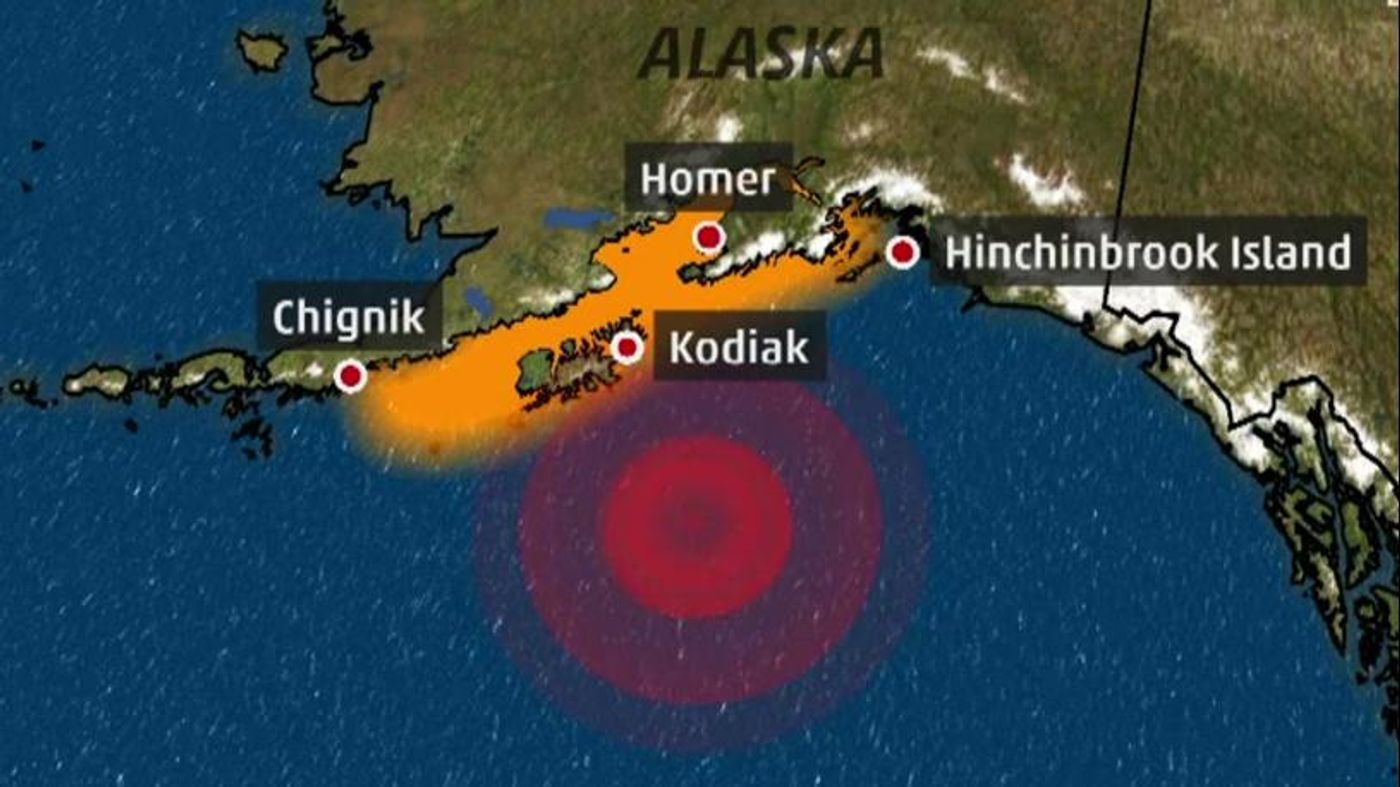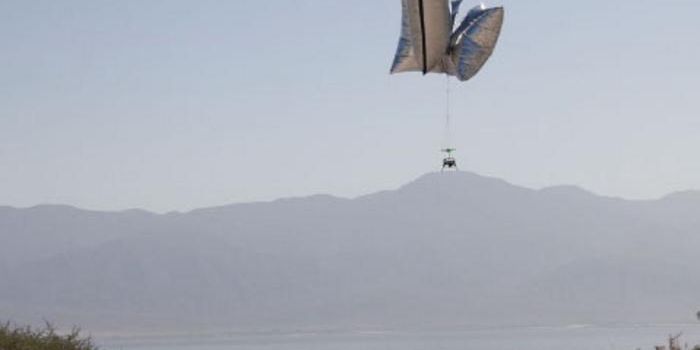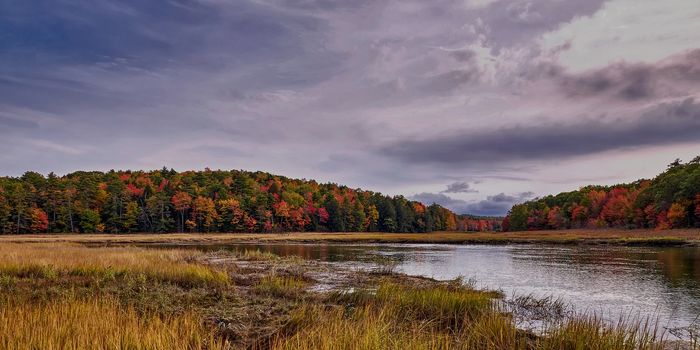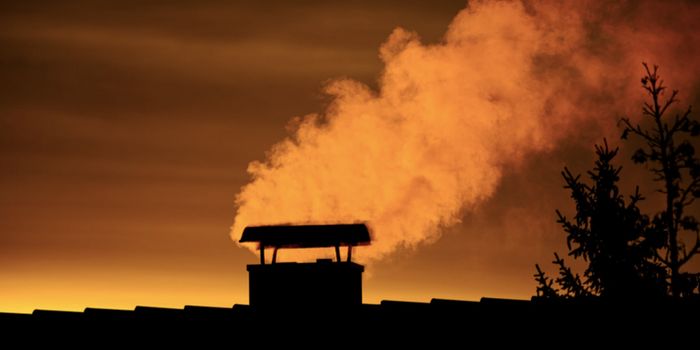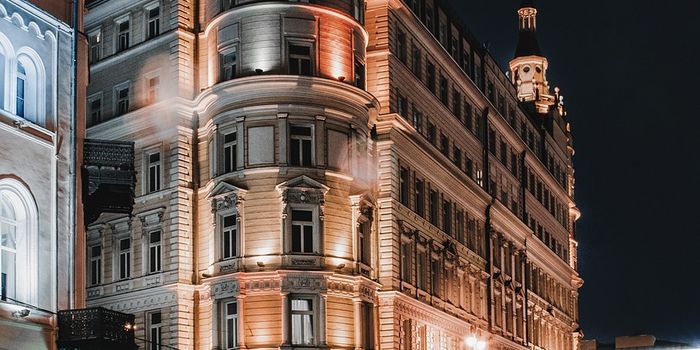Fears of tsunami shake Alaska
A powerful earthquake shook Alaska and triggered a tsunami warning soon after midnight on Tuesday. The alarm came as a cell phone alert to residents along Alaska’s southern coast as well as parts of British Columbia. It read: "Emergency Alert. Tsunami danger on the coast. Go to high ground or move inland. Listen to local news."
Tsunami drills are common among the region and residents knew what to do when the sirens started to wail. Even so, the streets were clogged with thousands of motorists as everyone fled to higher ground. Many took refuge at schools or other temporary shelters to wait out the tense night. The tsunami warnings were lifted by the next morning. Washington state, Oregon, California and as far away as Hawaii and American Samoa were also under a tsunami watch.
Alaskans are grateful the tsunami never struck. "This was a win as far as I could tell," said Marjie Veeder, clerk for the city of Unalaska, which is home to the international fishing port of Dutch Harbor in the Aleutian Islands. "We got advance warning and were so thankful for that."
The earthquake that caused the scare was measured at a magnitude of 7.9 in the Gulf of Alaska, about 170 miles southeast of Kodiak, where the floor of the Pacific Ocean is slowly sliding under the North American continent. According to reports from social media, the quake was felt hundreds of miles away in Anchorage and was unique in that it produced less vertical motion. More vertical motion raises the probability of an earthquake creating waves to build for a tsunami, said Paul Earle, a seismologist with the U.S. Geological Survey. The region usually receives quakes that cause more vertical motion and increase the chance of a tsunami, he said.
One such quake occurred in 1964 when a 9.2 magnitude earthquake generated tsunamis that killed 129 people and devastated the area. Residents still remember that scare, which perhaps accounts for the communities’ participation in the most recent evacuation.
